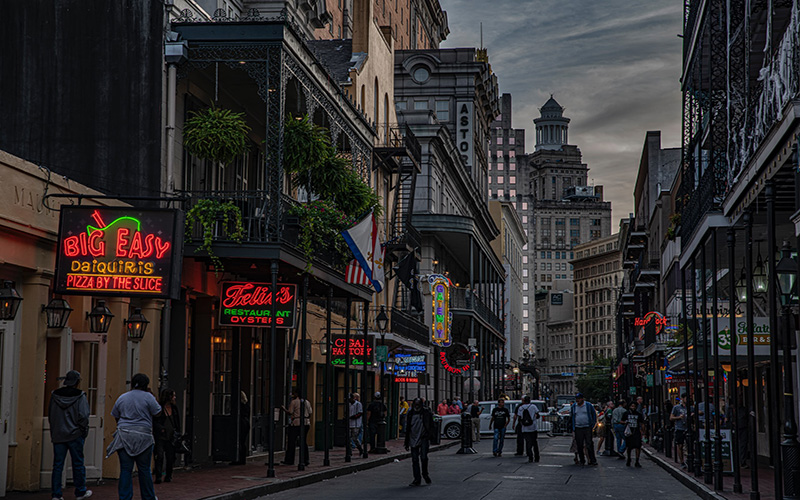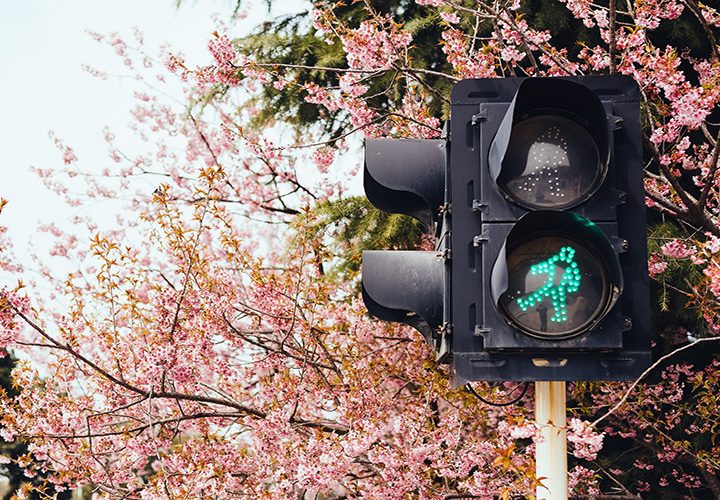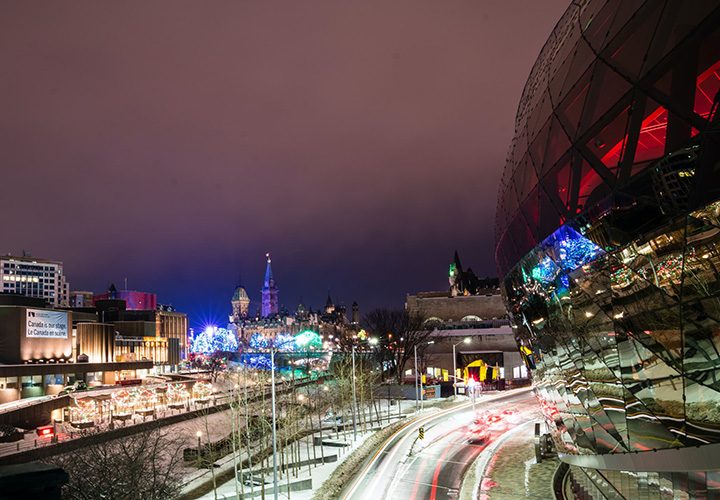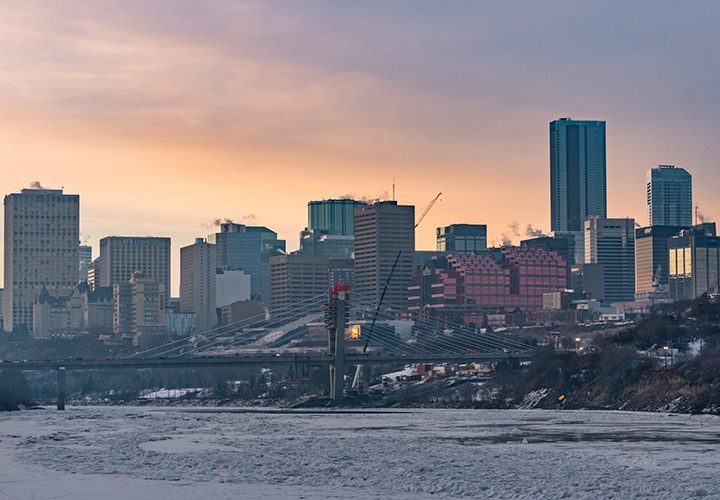New Orleans
There’s no where like New Orleans. The food, the festivals, the culture, the history- all of it is rich and interesting in its own way. You certainly need more than one trip to experience the city and everything it has to offer. It doesn’t matter if you’re a foodie, a historian or a partyhound, New Orleans has a good scene.
British Consulate General Houston
1301 Fannin Street
Suite 2400
Houston TX 77002
USA
www.gov.uk
0017132104000

Details
Before visiting any town or city make sure you know the basics. General details and important information.
- Emergency Services: 911
- Language: English
- Currency: US Dollar
- Country Code: US
- Travel Visa: ESTA required (Click here for more info)
- Population: 430,463
Risk Level
Researching various official sources, we perceive the risk to holiday makers and travellers are as follows;
Travellers Tips
Top travel advice and interesting tip bits of information from experienced travellers.
Emergencies
For the Emergency services just dial 911.
Hospitals in New Orleans
University Medical Centre: 504.380.0475
New Orleans East Hospital: 504.592.6600
Tulane Medical Centre: 504.988.5263
Tourist Offices
Visit New Orleans: 800-672-6124
Travelling Around
New Orleans has an airport and a train station. Being a primarily flat location with mild weather most of the time, cycling throughout the city is quite common. There are also plenty of their famous Street Cars (trams) available when traversing the city. With New Orleans being a coastal city built on a swamp, there are ferries available to take you across the water to different parts of the city too.
Airports
Louis Armstrong International Airport: 504-303-7500
Train Stations
New Orleans Safety
How dangerous is New Orleans?
New Orleans has two distinct sides to it. One side is the tourist hotspot that everyone envisions along with Mardi Gras and the music and the iconic architecture. The other is the historically high and consistent crime rate, including violent crime, gun crime and robberies, that branded the city the country’s “Murder Capital” for nearly 20 years. New Orleans crime rates are 159% higher than the national average and you have a 1 in 16 chance of becoming a victim of crime when visiting.
However, there are lots of things you can do to avoid this side and stick to the tourist extravaganza that everyone expects. Avoiding areas like the Central City neighbourhood and “Back of town” sections of the 7th 8th and 9th Wards (non-tourist areas anyway) should help you escape the majority of the violent crime. Stay in groups, especially on tours around the city.
In the areas you are most likely to go, there is still quite a high risk of pickpockets and purse snatchers (overall non-violent crime). Lots of tourists report scammers in the streets trying different tricks to convince you to part with your money. To all of these situations, the advice is the same: be aware of your surroundings, do not interact with strangers trying to get your attention as you walk, keep your valuables hidden and secure, keep a hand on your bag as well as it sitting on your shoulders and distribute your cash so if a pocket is picked you’re not out of luck.
Travellers report that when they kept in mind the risks around them and actively avoided them throughout their trip, it was a pleasant experience. Those who let their guard down tell a different story.
What’s a safety top tip?
To say New Orleans has a history of storms and flooding would be a huge understatement. Due to its location on the coast of the Gulf of Mexico, the city is subject to hurricanes and tropical storms often. Hurricanes pose a particularly severe threat to New Orleans because of its incredibly low elevation, Louisiana’s sinking coast line and the surrounding water from the north, east, and south. These factors all contribute to how badly the city can be affected when hit by a heavy storm or hurricane.
If there is a storm or hurricane warning, the usual advice is to shelter in place. Unplug electrical items, stay away from windows and, depending on severity, take stock of what food and clean water you have access to. Ultimately, you should keep up to date with the local emergency news and follow their advice. As the weather changes, new information may come up so pay attention.
If you are told to evacuate, then do so immediately.
What’s the weather like?
New Orleans is a south-easterly coastal city and has a humid subtropical climate. Therefore, it has very changeable weather: it can be humid and very hot, experience large amounts of rain and is subject to tropical storms. Its proximity to the sea also increases humidity. It rains often, especially in January and June.
The average summer temperature is 30 °C whilst the average winter temperature is 13 °C.
For the most reasonable weather, visit in spring and summer but be prepared for a range of weather conditions.
Dress and plan accordingly.
Annual Events
Annual events allow a city come together for some amazing experiences. If visiting at this time, make sure you have your accommodation booked and are always aware of your surroundings when travelling around.
New Orleans Events
Who can think of New Orleans without Mardi Gras? In the 12-day period leading up to Mardi Gras, nearly 70 parades roll through the area so there’s a lot to see. An 18-float procession of a 450-member krewe can feature more than 75 units. There’s also the band members, dance groups, clowns and motorcycle squadrons, you can see why the number of participants often totals more than 3,000. Be amazed by the massive floats including the festival staples like Zulu and Rex, each with their own take on the theme and having their own traditions. Sample oysters and King Cake as you take in the atmosphere. Catch a ‘throw’- you never know what it might be but who wouldn’t want a souvenir from one of the most famous parties in the world?
Voodoo fest is a music and arts festival that celebrates both local creations and international music. Featuring four unique performance areas, the festival is held annually at the Festival Grounds in City Park and is decked out with a gloriously spooky Halloween theme. Each area is enhanced by the use of interactive art, showcasing innovative artists from a variety of musical genres. Part of the charm and draw of this festival is how it reflects the multitude of cultures that define the New Orleans demographic. These cultures can further be supported as artwork and local crafts will be displayed and available to purchase from the artist. There will also a big variety of local food available to try. You can get the full New Orleans experience here: the music the culture and the food!
This festival is a huge part of New Orleans and really puts forth its best musicians, artists, local cuisine and cultural traditions for the world to see. Jazz players come from all over to participate in this event. There are two dedicated food areas and extra vendors spread out across the grounds. As such, the organisation is very strict with the quality of what is allowed in and there is one golden rule: no carnival food! So you can be guaranteed only the very best Cajun and international eats, including the signature Crawfish Monica, Mango Freeze and Crawfish Bread. The festival also features different sections marked as villages and market places where different artists (from local to Native American to African) share their cultures and art with visitors. Some use ancient crafting techniques and attendees can watch demonstrations of metal, painting, pottery, and fibre works. These folk culture demonstrators have been recognized by the National Endowment of the Arts for their work so, not only is it interesting, it is important that these practices are celebrated.
New Orleans Highlights
Where should I eat?
This venue, with its ironic architecture, will provide you with a quintessential New Orleans dining experience. Serving traditional creole food, loved by locals and visitors alike. This is a more expensive place that expects you to dress up a bit but it is well worth it! Commander’s is recognised by James Beard’s awards for food and service as well as winning the Wine Spectator’s Grand Award. Enjoy the combination of the owner’s, the Brennan family, brand of Southern hospitality combined with the exemplary chefs they hire to create the fantastic food.
Head to the Warehouse District for fine dining-levels of quality but a charmingly casual atmosphere: Meril. Chef Emeril Lagasse’s newest restaurant in New Orleans, Meril’s laidback restaurant- evidenced by the classic open style kitchen and, of course, large bar area- is a great place to try a range of cuisine. This restaurant was created for Chef Lagasse to showcase and share all of his favourite food in one place, featuring an array of geography and style with Wood Fired Flatbreads, Gulf Fish Tacos, Korean Chicken Wings and Fettuccine Nero. This chef wants to share his love further by offering meal kits and cocktail how-to’s so you can even have a go at making some of this at home.
What are some haunted activities?
The Saint Louis Cemetery is one of the oldest and most famous of the New Orleans cemeteries. Here you can find countless examples of the distinct above-ground tombs made from beautifully carved marble. These tombs were created to remedy the issue of burying the dead in a place that floods regularly and create a haunting environment to visit these hundreds of years later. There is tell of various ghosts roaming the area as New Orleans is the most haunted city in America. As exciting and interesting as these ghost tours can be, the cemetery asks that all visitors act appropriately reverent on the premises and refrain from any vandalism, littering, marking on graves, or inappropriate behaviour. Another important rule is to not touch the fragile, centuries-old, plaster and bricks on tombs. In New Orleans the dead are celebrated but- most of all- they are respected.
This is a shop, shrine and museum dedicated to the most famous voodoo queen in the world. Pay your respects to the free woman of colour who was a noted philanthropist, advisor and practitioner of voodoo. Place an offering at this shrine (or head to Saint Louis Cemetery where she is really buried) and enter the museum to learn the fascinating tale of her life and her work. Complete the experience by purchasing unique protective items and having a blessing or reading performed. There is no better place to learn about voodoo than New Orleans.
Where should I visit?
You’re in New Orleans- you’ve got to go to the French quarter!
Go drinking at one of the many bars in the world famous Bourbon Street! There is an eclectic set of bars that will tickle everyone’s fancy, from artisan cocktails to wild live music. Why not try the Old Absinthe House, a 200 years old bar that provides a historically good time. Speaking of historical, head to Jackson Square, where you will find the Cabildo right next to St. Louis Cathedral. These buildings are central to the formation of New Orleans as it is today and are both stunning examples of architecture from their respective time periods. There are also a range of art, culture and history museums to explore that cover everything from local heritage to death to voodoo. Just wanting a general overview? The Historic New Orleans Collection is a museum and a research centre that houses various kinds of art and artefacts relating to the city. Want some retail therapy? The French Market includes five blocks of local produce, specialty art, handmade wears and general shopping needs. For evidence of the cities history as an international port, look no further than the Italian butcheries, African coffee and Choctaw spices. The French quarter offers new experiences in all kinds of ways. Whether or not you believe that it’s a gimmick- experiences like having your fortune told are also available. Bottom of the Cup is a teahouse that has been open since 1929, providing card and tea leaf readings for all that seek their council.





